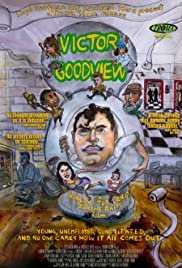Search
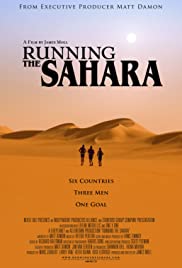
A small film crew tracks three extreme runners across the Sahara desert, capturing their incredible journey on camera, recording this landmark moment in athleticism, in humanitarianism, and in history. The “Running the Sahara” expedition is a documentary film narrated by Academy Award™-winner Matt Damon and directed by Academy Award™-winner James Moll. The “Running the Sahara” documentary explores the physical and emotional impact of this tremendous test of strength and determination. The film’s narrative follows the runners on their quest, each step toward the finish line building in great anticipation of answering the question: Can this amazing human feat truly be possible?
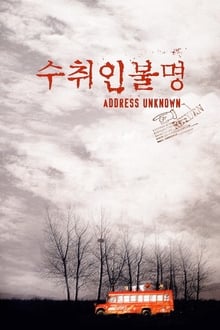
Romances end in blood and the frail hopes of individuals are torn apart in a vile karmic continuity of colonialism, civil war and occupation. After surviving Japanese colonization, Korea became the first war zone of the Cold War. The legacy of war remains today in this divided country. Three forlorn teenagers, Chank-guk, Jihum and Eunok are figures in the landscape of this story, which highlights the global implications of a very Korean reality. None of them is able to escape the withering pull of tragedy. All desperate pleas for love and redemption are returned stamped in red with “Address Unknown”.
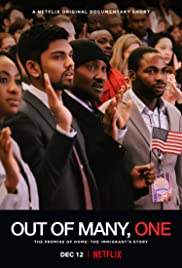
The U.S. has long offered a promise of opportunity to immigrants, but currently immigration has become a divisive issue. This documentary illustrates how an understanding of our history and democracy is essential to constructive debate, informed civic participation and shaping a new class of citizens.

Based upon the popular graphic novel by Wu Lin, this is the first Chinese animated film to portray the Holocaust. The film centers around the warm friendship between Rina, a wide-eyed European Jewish schoolgirl and A-Gen, a Chinese pancake seller, who teach each other about their distant worlds as Shanghai struggles beneath its own cruelly portrayed Japanese occupation.
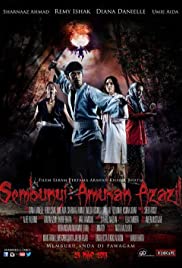
Aishah (Diana Danielle) is a young woman living during the Japanese Occupation of Malaya, who, after being knocked unconscious while escaping from the clutches of the Japanese Army, wakes up in a quiet, sleepy village, seemingly untouched by the war. The villagers give her shelter and she begins a new life there. But soon it becomes clear that the village hides other secrets as well. Aishah is haunted by the presence of a young deformed girl whom no one else can see and she discovers that an unknown evil lurks in the surrounding woods nearby the village, an ancient creature that makes the villagers its prey, a demon known only as Azazil. The villagers keep an uneasy peace with the demon through offerings but the moment Aishah enters the village, the attacks inexplicably begin again.
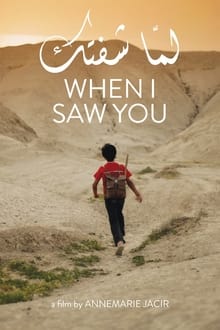
Jordan, 1967: displaced to a refugee camp after the occupation of their West Bank village, an eleven-year old boy and his mother enact the emancipating dream that every refugee has imagined countless times, in Annemarie Jacir’s passionate and moving follow-up to her prize-winning debut Salt of This Sea.
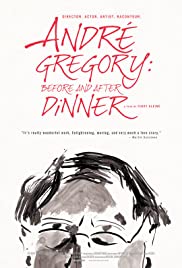
BEFORE AND AFTER DINNER is an exploration of the life and work of Andre Gregory, groundbreaking director, actor, artist, and raconteur, filmed by prize-winning documentarian Cindy Kleine, his wife. Through her close-up lens, Cindy introduces us to this cultural icon and master storyteller, and tells the unusual story of a good marriage that thrives in collaboration, art, and humor, celebrating the great vitality of the later years in life. The film touches on universal questions. Where does art come from? What experiences shape the life, the preoccupations, and the work of an artist? Drawing on the work Andre has created over a lifetime, and exploring the nature of the life that underlies the work, BEFORE AND AFTER DINNER is about how and why artists create.

During the Nazi occupation of Poland, an acting troupe becomes embroiled in a Polish soldier’s efforts to track down a German spy.
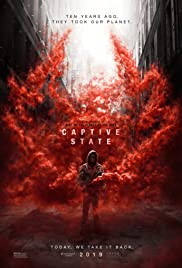
Nearly a decade after occupation by an extraterrestrial force, the lives of a Chicago neighborhood on both sides of the conflict are explored.
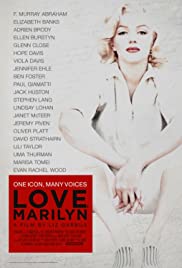
Using the book ‘Fragments’, which collects Marilyn Monroe’s poems, notes and letters, and with participation from the Arthur Miller and Truman Capote estates who have contributed more material, each of the actresses will embody the legend at various stages in her life.
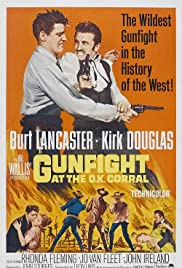
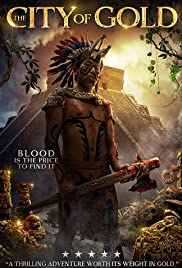
An anguished media magnate, Jonathan Davenport, accompanies his estranged lover to the Peruvian Amazon in pursuit of a reclusive artist living in rebel occupation. Despite their philanthropic intentions, the mission proves to be the harbinger of something dark and ominous rooted deep within Jonathan.
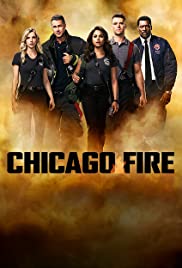
An edge-of-your-seat view into the lives of everyday heroes committed to one of America’s noblest professions. For the firefighters, rescue squad and paramedics of Chicago Firehouse 51, no occupation is more stressful or dangerous, yet so rewarding and exhilarating. These courageous men and women are among the elite who forge headfirst into danger when everyone else is running the other way and whose actions make the difference between life and death.
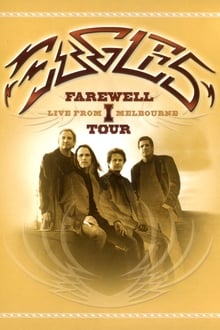
The show features some great light and sound effects apart from the great music that Eagles is renowned for. The ‘five-part’ harmony song, “Hole in the World” elicits a great crowd participation with the audience providing a ‘clap rhythm’ as the band sings. The song “Life’s Been Good” features some antics by Joe Walsh and Frey with them staging a mock rivalry on stage and the latter having a hearty laugh at the former. The song also features a ‘helmet cam’ session where the crowd gets to see what the camera on Walsh’s helmet points at. Also, the songs “The Boys of Summer” and “Hotel California” feature the first officially documented use by the Eagles of a drum machine in a live performance; in particular, during “Hotel California”, a pre-programmed track is used to simulate the muted guitar strums which provide a steady beat on the original studio recording of the song, and which are absent from all of the previous live performances of it.
